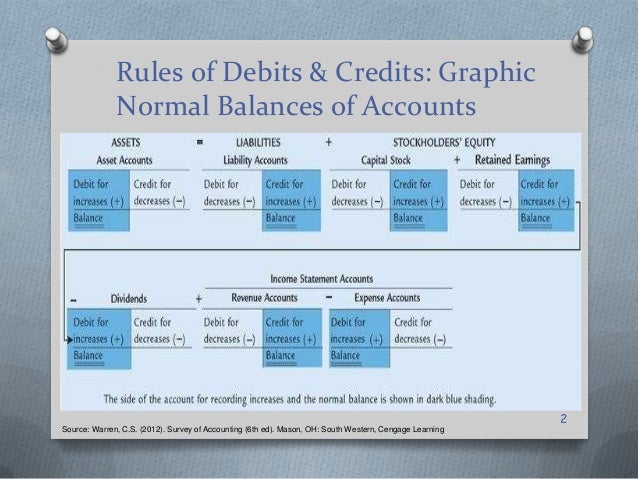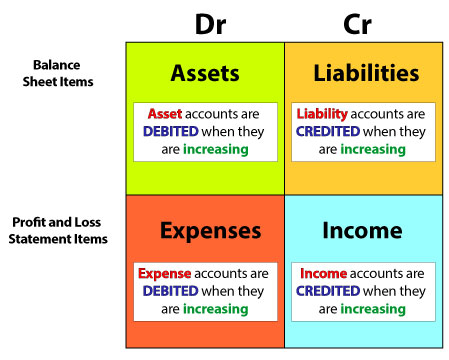
The debit note ‘makes note’ of the transaction for documentation purposes.ĭebit notes can be helpful tools to track any outstanding debt obligations you may have as a vendor, while also accounting for any sort of goods that buyers may have gotten on credit. You’ll commonly come across these notes in business-to-business transactions - for example, one business may supply another with goods or services before an official invoice is sent. What is a debit note?Ī debit note, or a debit memo, is a document issued by a seller to a buyer to notify them of current debt obligations. credit note, and the benefits of debt vs. They’re also critical to shipment tracking, payments due or if any credit remains on the account.īelow, we’ll be discussing debit note vs. Separate from an invoice, these notes let buyers know how much existing business credit they have or conversely, how much they still owe.
#Debit finance definition plus#
credit note: What’s the difference?Įxplore the difference between a debit and credit note by learning what each term means, plus when and how businesses should use them.īoth debit notes and credit notes are official accounting documents, both used by businesses but for different purposes. By law you cannot be held responsible for more than $50 in fraudulent purchases made on a debit or credit card.Debit note vs. Credit card companies are more likely to reimburse you for all purchases made as a result of fraud. Fewer protections than credit cards: Debit cards may have fewer protections against fraud than credit cards.Rewards programs that offer cash back and travel points are more common among credit cards. Fewer perks than credit cards: Although some debit cards have modest rewards programs, they generally don't offer as many perks as credit cards.Could incur fees: Using a debit card can entail fees, including overdraft fees when you withdraw more than the amount you have in your account, and ATM fees when you use an ATM outside your bank's network.If you need to finance a purchase to pay it off over time, you cannot use a debt card. Limits expenditures to cash in bank and/or a daily amount: When you use a debit card, you can only spend up to the amount of money you already have.You don't have to apply and get approved for debit cards like you do with credit cards. If you have a checking account, you can get a debit card.


Easier qualifications than credit cards: Debit cards are easier to get if you have poor credit.(However, some overdraft protection plans allow you to spend past your limit, but you must repay the balance quickly and you will likely incur a fee.) So, you won't go into debt using a debit card. Doesn't incur debt: With debit cards, you are effectively making purchases in cash-with money you already have, as opposed to money borrowed on credit.While lost or stolen cash is gone forever, a lost or stolen debit card can be reported to the bank, which can deactivate the card, remove any fraudulent transactions from the cardholder’s account, and issue a new card. Transactions made with a debit cards appear on the account holder’s monthly statement, making it easy to see where the money went. Safer than cash: Debits are considerably safer than cash.


 0 kommentar(er)
0 kommentar(er)
